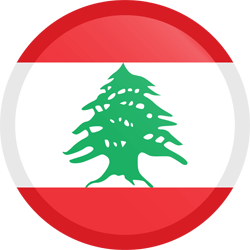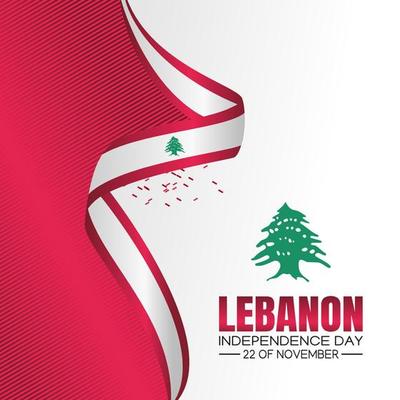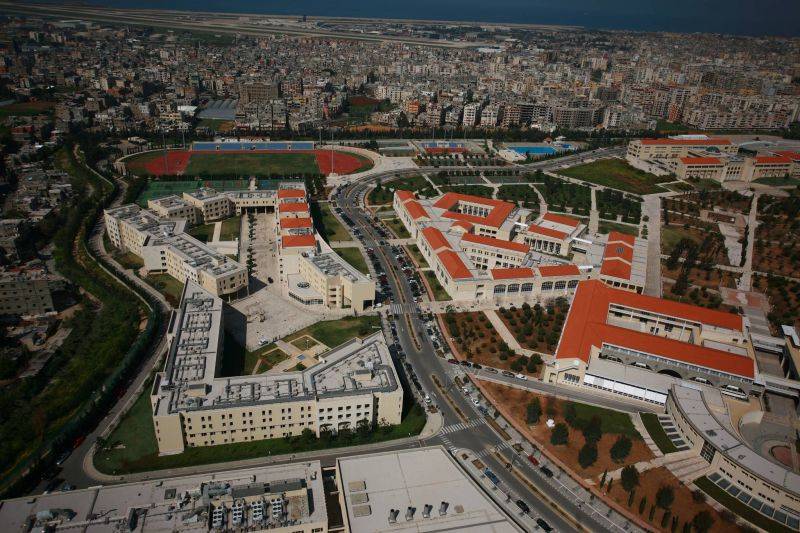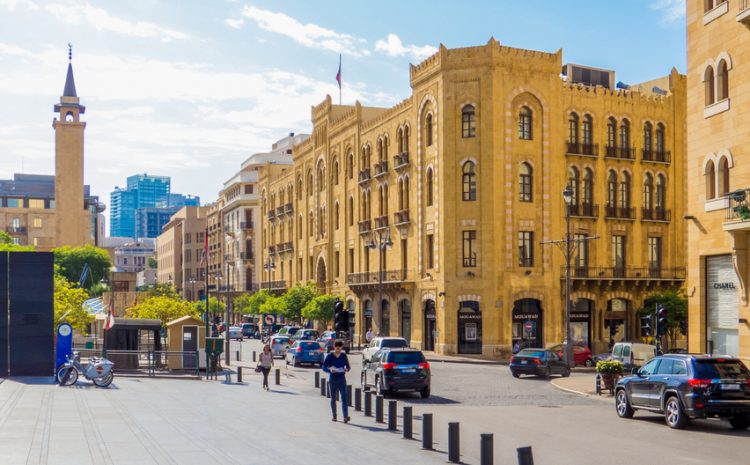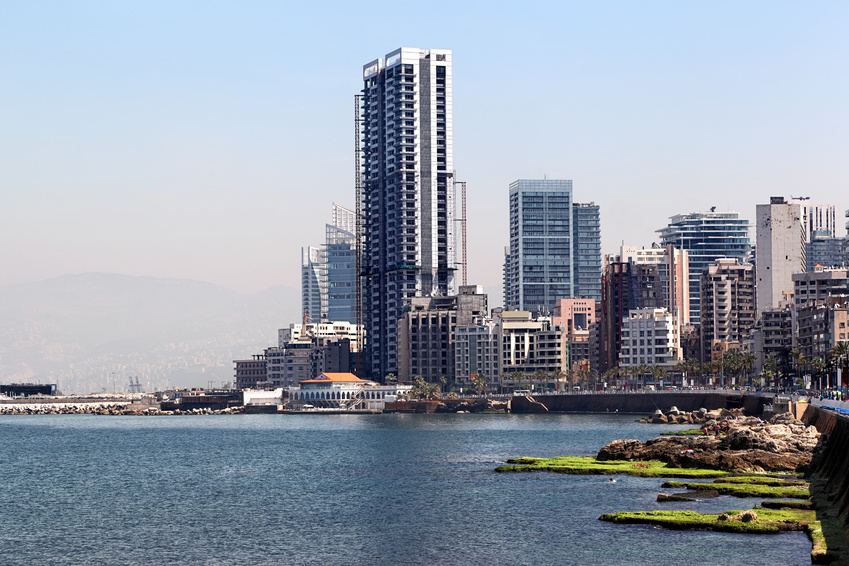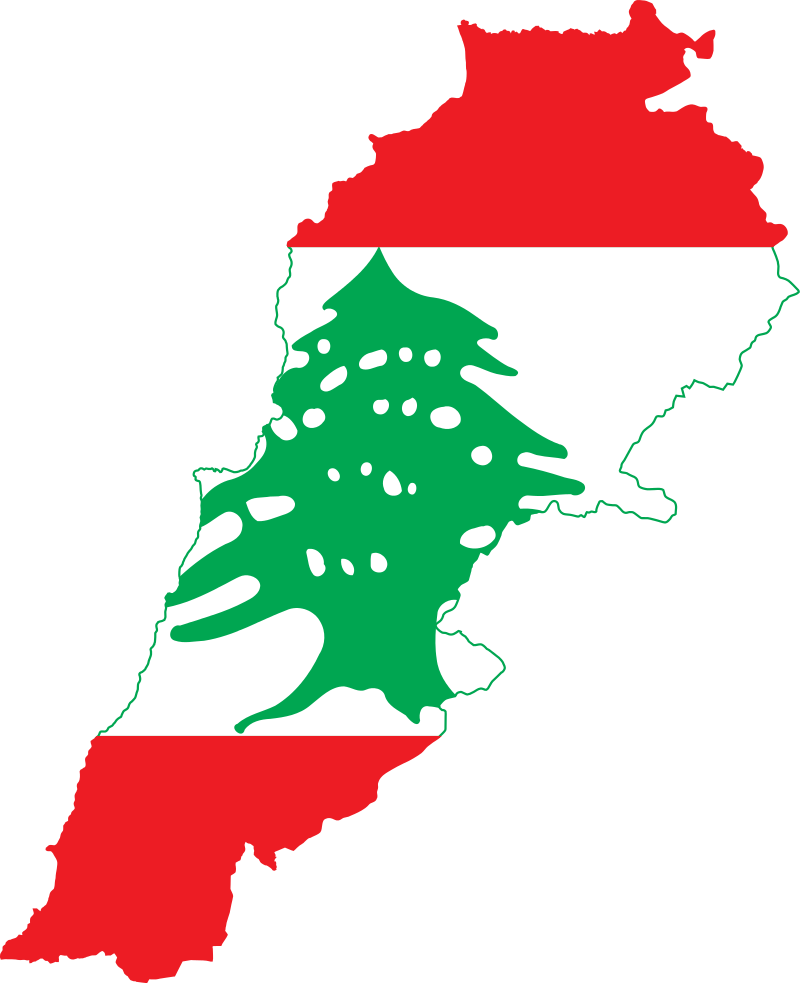Lebanese system
The Lebanese Political System The Republic of Lebanon is a Parliamentary democracy whose independence was declared in 1943. It lies on the eastern coast of the Mediterranean and is over 10,452 square kilometers in area. The State is headed by the President of the Republic who is the head of state and symbol of the nation's unity. He strives to ensure respect for the Constitution and safeguarding Lebanon's independence and territorial integrity. He is the commander-in-chief of the armed forces. The Lebanese political system is based on the principles of separation, balance, and cooperation amongst the powers. Legislative power rests with the Chamber of Deputies (Parliament), which consists of 128 deputies who are elected directly by the people for a four-year term. The Chamber elects one of its members as President of the Chamber for a similar term. Executive power is entrusted to the Council of Ministers, which draws up and implements public policy in all fields in accordance with the laws in force. The Prime Minister is appointed on the basis of Parliamentary consultations that are binding. The Cabinet is formed in agreement with the President of the Republic following Parliamentary consultations undertaken by the Prime Minister designate. Judicial power rests with judicial courts of different degrees and levels of jurisdiction. Magistrates are independent in the exercise of their functions; their decisions and judgments are rendered and executed in the name of the Lebanese people. Lebanon has a free economy system that guarantees entrepreneurship and private property. It is led by a private sector that plays a major role in the different economic fields, especially the services sector and the financial and banking sector, which represent 70% of Lebanon's national income.
